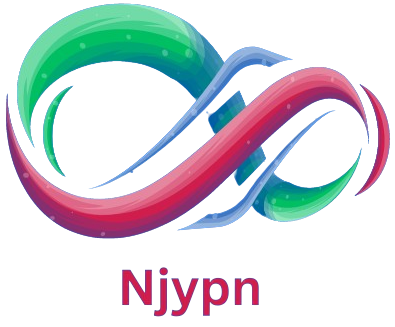The Advancement of Web Improvement: From Static Pages to Dynamic Encounters
Web improvement has made considerable progress since the beginning of the web. What started as basic HTML records has developed into an intricate field incorporating a large number of innovations and practices. This article investigates the advancement of web improvement, the key innovations included, and what’s in store patterns molding the business.
The Good ‘ol Days: Static Sites
In the mid 1990s, web advancement was fundamentally about making static sites. These were straightforward pages constructed utilizing HTML (Hypertext Markup Language) and CSS (Flowing Templates). HTML gave the https://blissthestudio.com/ design of the website pages, while CSS was utilized for styling. Sites were static on the grounds that their substance didn’t change progressively; every client saw a similar substance except if the designer physically refreshed the HTML.
The Ascent of Dynamic Sites
The last part of the 1990s and mid 2000s saw the ascent of dynamic sites. This shift was driven by the presentation of server-side prearranging dialects like PHP, ASP.NET, and Perl. These advances permitted designers to make website pages that could collaborate with data sets and create content on-the-fly. This was a critical headway, empowering the production of intricate, intuitive locales like internet business stages and content administration frameworks (CMS).
The JavaScript Transformation
The following significant jump accompanied the presentation and far reaching reception of JavaScript. Initially intended for adding intelligence to site pages, JavaScript has developed into a strong language that runs both on the client-side and server-side. The presentation of AJAX (Nonconcurrent JavaScript and XML) during the 2000s permitted website pages to refresh content nonconcurrently without reloading the whole page. This prompted the improvement of more unique and responsive web applications.
Systems and libraries like jQuery, AngularJS, Respond, and Vue.js arose, further changing web advancement. These apparatuses improved on the method involved with building complex UIs and overseeing application state.
Responsive Plan and Versatile Advancement
As cell phones turned out to be more pervasive, the requirement for responsive website composition became obvious. Responsive plan guarantees that sites look and capability well on different gadgets and screen sizes. Methods like liquid frameworks, adaptable pictures, and media questions were created to make designs that adjust to various screens. This shift was vital for giving a reliable client experience across work areas, tablets, and cell phones.
Present day Web Advancement Patterns
Today, web improvement keeps on advancing with new advancements and practices. A portion of the key patterns include:
Single Page Applications (SPAs): SPAs load a solitary HTML page and progressively update content as clients communicate with the application. Systems like Respond, Precise, and Vue.js are famous for building SPAs.
Moderate Web Applications (PWAs): PWAs join the best of web and versatile applications, offering disconnected abilities, pop-up messages, and further developed execution. They intend to give a local application like insight while being open through an internet browser.
Serverless Models: Serverless processing permits engineers to construct and run applications without overseeing servers. Administrations like AWS Lambda, Google Cloud Works, and Sky blue Capabilities empower designers to zero in on composing code and conveying applications without stressing over framework.
WebAssembly: WebAssembly (Wasm) is a parallel guidance design that empowers superior execution of code on internet browsers. It permits engineers to run code written in dialects like C, C++, and Rust on the web, giving close local execution.
Man-made brainpower and AI: simulated intelligence and ML are progressively being coordinated into web applications to give customized encounters, chatbots, and high level information investigation.
The Eventual fate of Web Improvement
Looking forward, web improvement will probably keep on developing with headways in innovation and changing client assumptions. Arising advances, for example, quantum processing, 5G, and expanded reality (AR) are supposed to impact how web applications are created and experienced.
All in all, web improvement has progressed significantly from its static starting points to the dynamic and intelligent encounters we see today. As innovation keeps on propelling, web engineers will have new instruments and chances to make imaginative and connecting with web applications.
